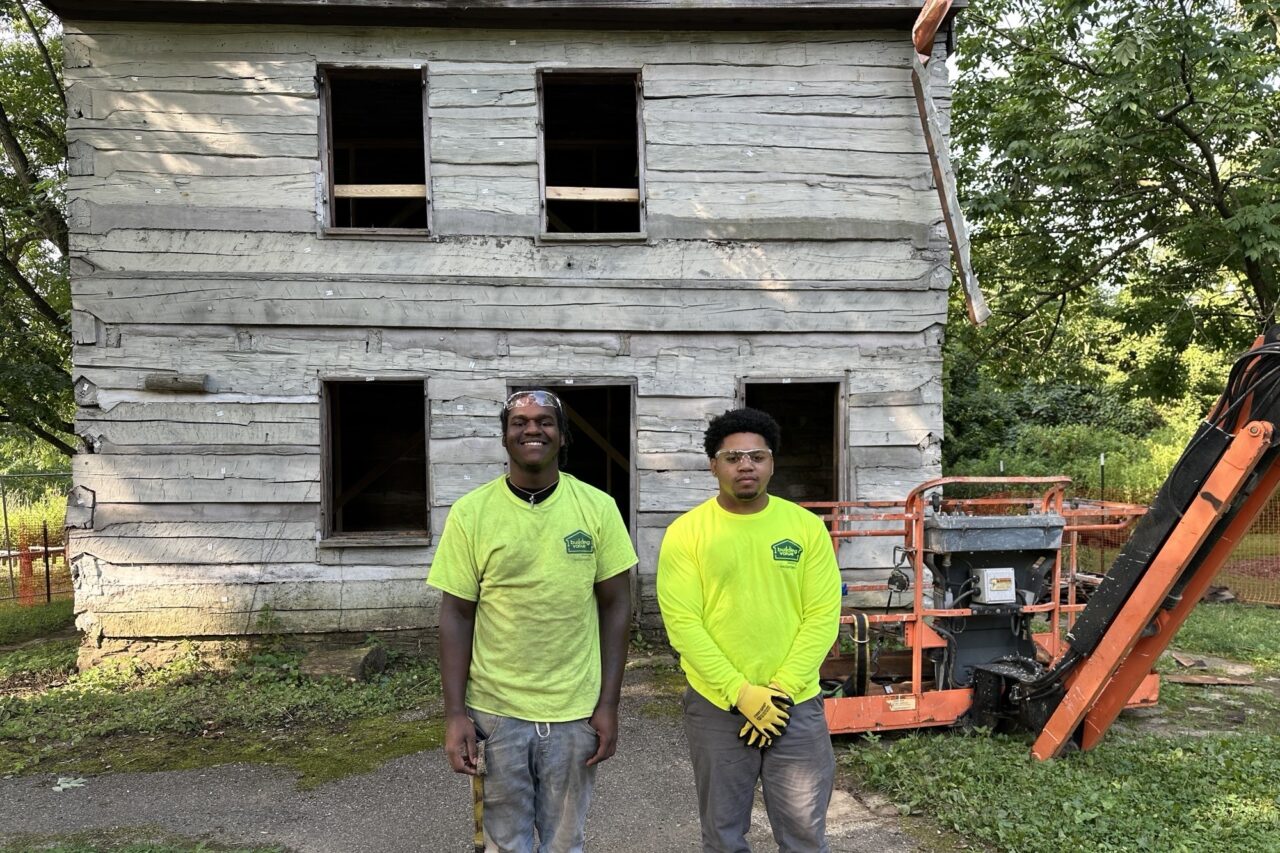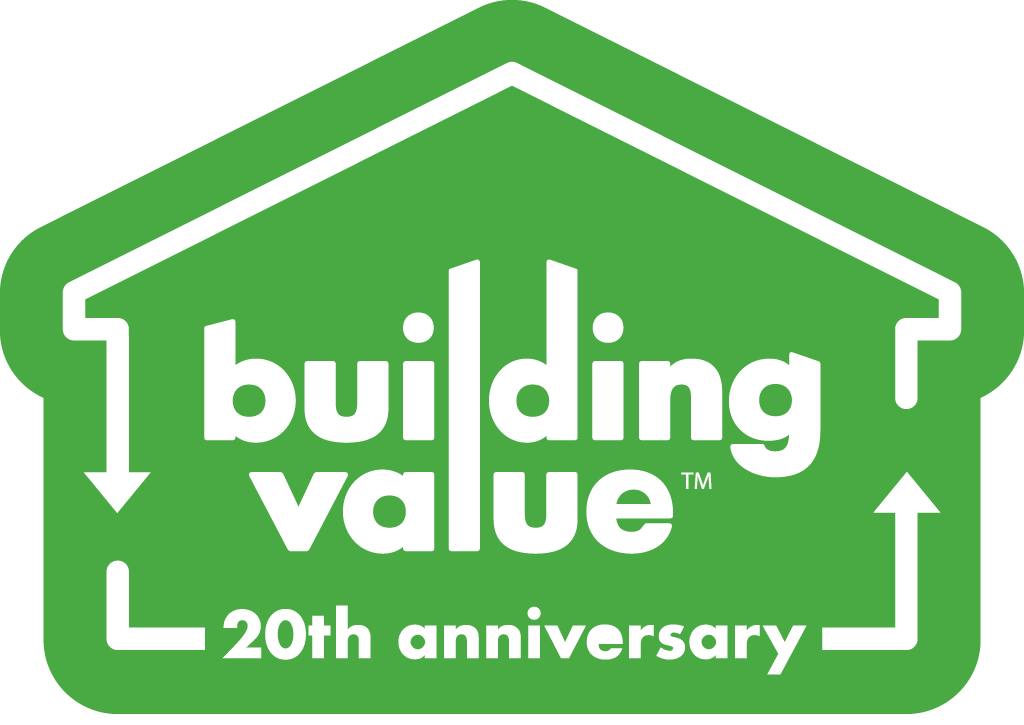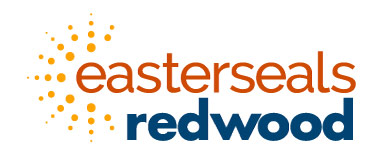Building Value accelerates careers in construction for people facing economic and employment challenges through their paid training program, where the crew deconstructs residential and commercial properties to salvage the building materials and architectural features, which then get sold at their Northside retail store.
When, after carefully considering safety and cost factors, Great Parks decided to remove a historic cabin at Shawnee Lookout State Park in North Bend, they called Building Value’s deconstruction manager of 15 years, Chris Miday. Miday’s training crew is accustomed to working on urban job sites and handling tile, lighting fixtures, windows, and kitchen cabinets—none of which are features of a 200-year-old log cabin. While it would involve more finesse and attention to detail, he knew this would be a great opportunity for them.
Micajah Dunn’s family were among the first nonnative settlers in the Whitewater Valley, and their cabin, built in 1795, is one of the oldest log structures in the State of Ohio, making it a significant artifact from the period. The Dunn cabin had also been a feature at Shawnee Lookout since 1971 when it was moved there from Elizabethtown. It was a favorite spot of park visitors and had been used annually for the Micajah Dunn descendants’ family reunion until it became unsafe.
That’s when the Dunn/Hayes family got in touch with the Archeological Research Institute (ARI) about finding a way to save the cabin by reconstructing it in a new location. Liz Sedler, Executive Director of ARI expresses her gratitude, “the members of the original families in our valley continue to be pivotal in our ongoing research in how the preservation of the cabin ties to our research and the mission of our organization.”
Lizz Comer, Director of Philanthropy of the Archeological Research Institute (ARI) then secured a donor to fund the reconstruction of the cabin so that it can continue serving as a cultural asset, offering visitors an immersive experience to learn about frontier life in the early 19th Century. The cabin’s new home will be in Indiana, less than a ten-minute drive from its original location. The exact location will be announced later this year, when it will be reconstructed by Hudepohl Construction. To accurately assemble the cabin in the fall, the construction firm came before Building Value started working and tagged each log with letters and a number to correctly identify its location. This is especially important given that the cabin was built in 1795, when each log was hewn by hand and therefore, unique—not quite the same shape or dimensions as any other.
Building Value’s work crew, comprised of individuals gaining critical skills in the construction trades, meticulously dismantled the historic cabin piece by piece. Under supervision of foremen Terrence Blevins and Chris Govan, this effort ensured that each log and beam was preserved in its original condition. Mark Henderson was one of the training crew members on the project, who was at Shawnee Lookout for the first time. This project was also the first time that he was in an aerial lift, had to be harnessed in for a job, or used a jack hammer. “I had to jack hammer through the chinking, so we could get a rope through it, and then around each log to lower them safely to the ground. It was fun—and different than the work we usually do. A lot more involved.”
“We’re grateful for Great Parks for getting us involved in this remarkable project, which gave our crew the chance to learn new skills in a new environment,” says Building Value Director Sheryl Woodhouse, “And also, to Lizz Comer and the Archeological Research Institute for giving us the chance to be a part of historic preservation! While our crews salvage building materials every day, those items get repurposed into other projects by our retail customers that our crew never gets to see. I love knowing that our crew will get to see the outcome of their careful work and dedication, and that the public will benefit from this collaboration for many years to come.”
For more information about Building Value, its mission to accelerate construction careers, deconstruction services, and retail store of salvaged building materials, please visit www.buildingvalue.org. To learn more about the work of ARI, please visit www.exploreari.org. Time lapse videos of the deconstruction will be available on both organizations’ websites and social media in the near future, and ultimately, of the cabin’s reconstruction as well.
####
About Building Value: Building Value is a triple-bottom line social enterprise powered by Easterseals Redwood, whose mission is to accelerate careers in construction for Cincinnati youth facing economic and employment challenges. Building Value provides workforce development training through its deconstruction services, by which they divert 180 tons of construction debris from the landfill each year. The salvaged building materials and architectural gems are sold for reuse and repurpose at their retail store in Cincinnati’s Northside neighborhood.
About Archeological Research Institute (ARI): Archaeological Research Institute (ARI) is a non-profit organization based in Lawrenceburg, IN, dedicated to the study and preservation of the region’s rich history through archaeological research. ARI’s team of archaeologists leads the organization’s research, public engagement & education, and preservation of at-risk archeological sites.
About Great Parks of Hamilton County: Great Parks is the regional leader in conservation and nature-based experiences in Southwest Ohio. With over 18,000 acres, 25 miles of river frontage, and 22 parks and conservation areas, their Big Lands offer abundant options for guests to find their wild. Great Parks removes barriers to the natural world and offers the opportunity for everyone to experience the power of the wild with the promise of well.





